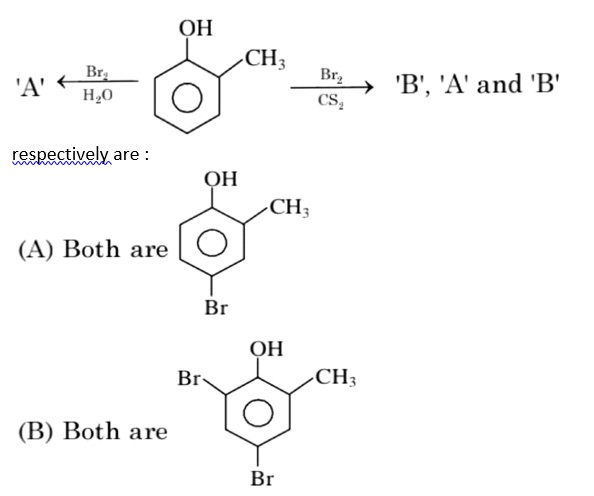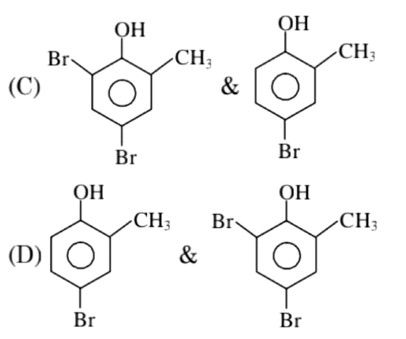An aqueous pink solution of cobalt (II) chloride changes to deep blue on addition of excess of HCl. This is because____________.
A: [Co(H2O)]2+ is transformed into [CoCl6]4-
B: [Co(H2O)6]2+ is transformed into [CoCl4]2-
C: Tetrahedral complexes have smaller crystal field splitting than octahedral complexes.
D: Tetrahedral complexes have larger crystal field splitting than octahedral complex.
An aqueous pink solution of cobalt (II) chloride changes to deep blue on addition of excess of HCl. This is because____________.
A: [Co(H2O)]2+ is transformed into [CoCl6]4-
B: [Co(H2O)6]2+ is transformed into [CoCl4]2-
C: Tetrahedral complexes have smaller crystal field splitting than octahedral complexes.
D: Tetrahedral complexes have larger crystal field splitting than octahedral complex.
-
1 Answer
-
This is a Multiple Choice Questions as classified in NCERT Exemplar
Ans: Correct option: B and C
[Co (H2O)6]2+ is increased when excess of HCl is added. Tetrahedral complexes have smaller crystal field splitting than octahedral complexes because Δt = Δ0
Similar Questions for you
CoCl3.NH3 + AgNO3
x = 5
In H2O (polar solvent) dibromophenol derivative and in CS2 (non-polar solvent moneobromo phenol derivate is obtained.
3d => 4d => 5d CFSE increases for the same ligands.
Factual
⇒ leaching methods is used for those metal in which metal is more soluble than impurities and these are Al, Au, Ag, low grade Cu
σ bonded organometallic compound ⇒ M – C
σ-bond
and in π – bonded organo metallic compound
M – C
π bond
In ferrocene, there is π-bond
Taking an Exam? Selecting a College?
Get authentic answers from experts, students and alumni that you won't find anywhere else
Sign Up on ShikshaOn Shiksha, get access to
- 65k Colleges
- 1.2k Exams
- 679k Reviews
- 1800k Answers



